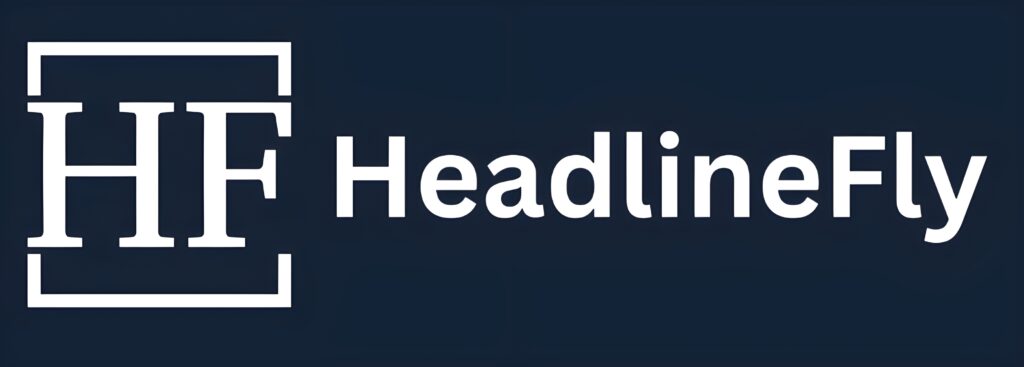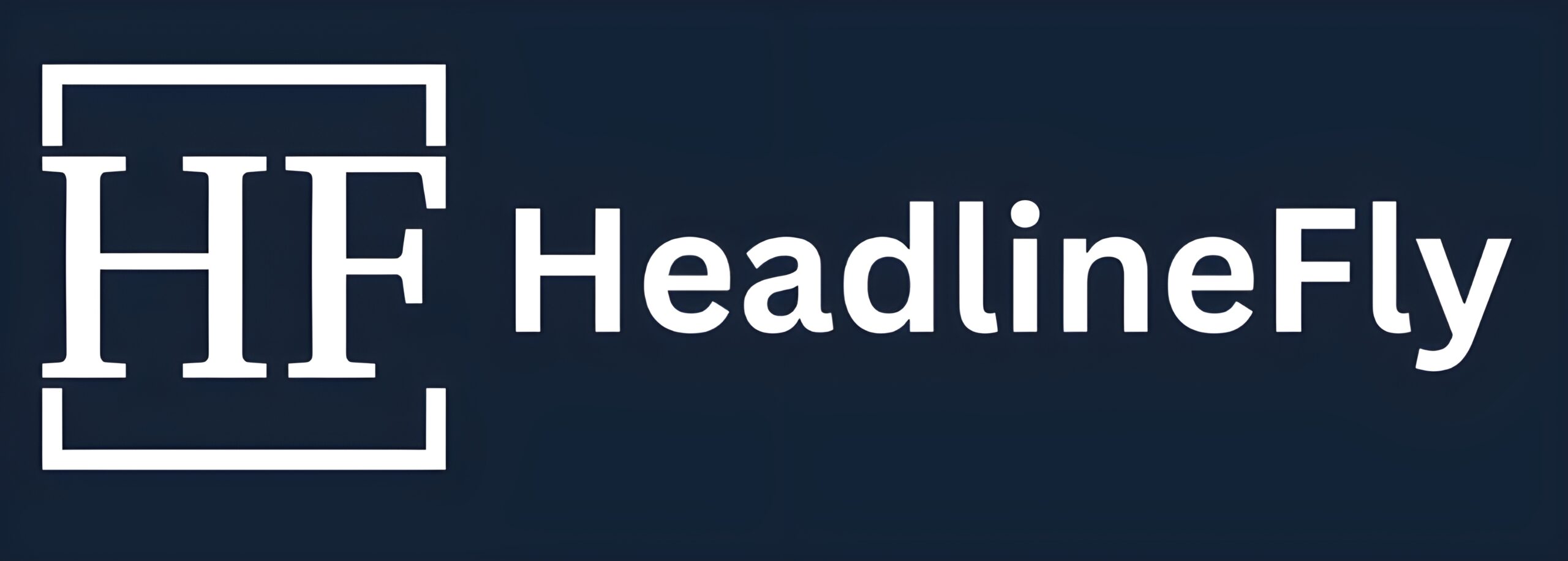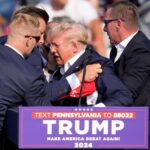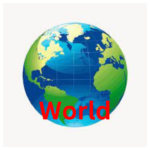In the lead-up to the Iranian presidential election, candidates are facing mounting pressure to address the country’s economic woes. With the economy struggling under the weight of sanctions and limited international engagement, voters are looking to potential leaders for solutions that can alleviate the cost of living pressures. The reinstatement of U.S. sanctions in 2018 had a significant impact on Iran’s oil exports, leading to a decline in government revenues and necessitating unpopular policies such as tax increases and budget deficits, contributing to an annual inflation rate of close to 40%. While Iran has managed to avoid complete economic collapse, its petroleum exports remain below pre-2018 levels despite oil exports to China and higher crude prices providing some stability.
Most candidates in the running to succeed the late Ebrahim Raisi have expressed intentions to follow his path of economic self-reliance and greater business ties with Asia. However, there is a lack of concrete plans from many candidates on how to mitigate the effects of sanctions on the Iranian economy. Raisi’s tenure saw a resurgence in economic growth driven mainly by the energy sector, with notable increases in oil output and exports, particularly to China.
Despite the growth in the energy sector, other aspects of Iran’s economy faced challenges, with foreign direct investment stagnating, unemployment levels remaining high, and the purchasing power of Iranians continuing to shrink. The Iranian rial’s value against the U.S. dollar has decreased significantly, leading to soaring prices for essential goods like dairy, rice, and meat, making them unaffordable for many. The situation has left many Iranians feeling frustrated and disillusioned with the current state of the economy.
Candidates have pledged to implement the country’s seventh development plan to combat inflation and promote exports, with ambitious growth targets set for the years ahead. However, projections by the World Bank anticipate growth rates below 3.2% in the coming years due to various factors, including global demand constraints, ongoing sanctions, and domestic energy shortages. There is a clear link between Iran’s economic challenges and its diplomatic stance, which is predominantly anti-Western and influenced by Supreme Leader Ayatollah Ali Khamenei.
As the election nears, voters are emphasizing the need for economic stability and growth, highlighting the critical role that the next president will play in shaping Iran’s economic future. While candidates have differing views on how to address the country’s economic dilemmas, the overarching theme remains the importance of finding sustainable solutions that can alleviate the burden on ordinary Iranians. The outcome of the election and the subsequent economic policies implemented will have far-reaching implications for Iran and its citizens.






